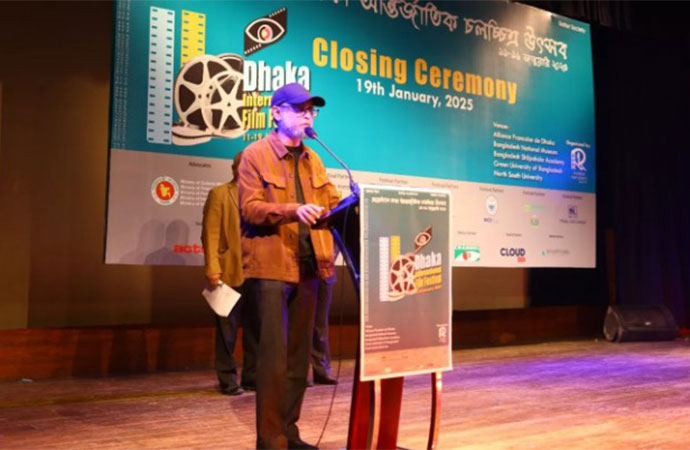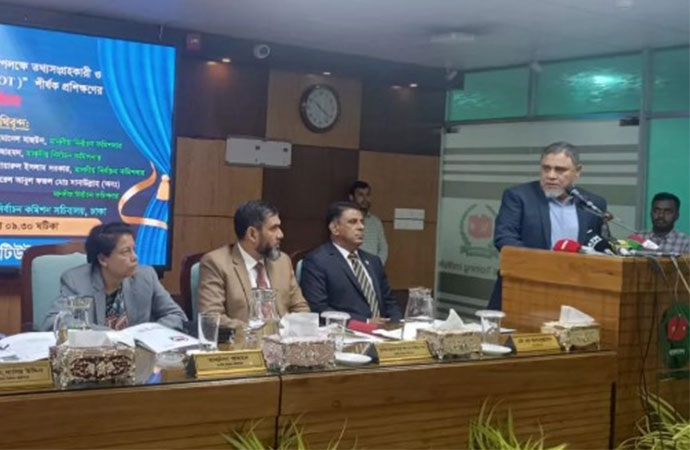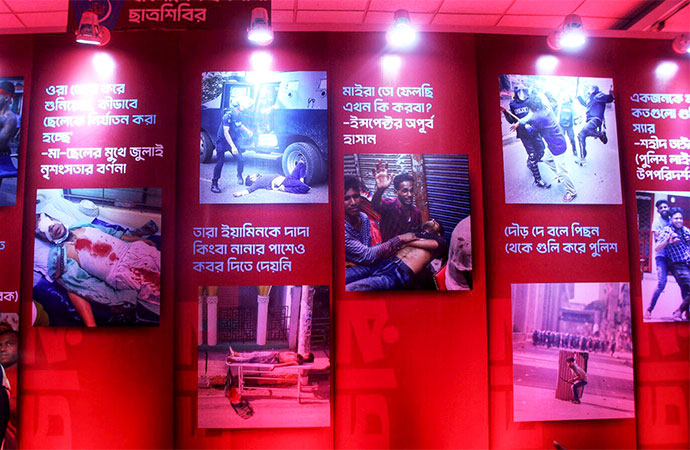Essays

World Trends in Freedom of Expression and Media Development: Global Report 2017/2018, Published in 2018 by UNESCO, Pages: 202, ISBN: 978-92-3-100242-7
Freedom of expression and media development have an imperative role in maintaining the rule of law as well as enhancing good governance. This role is also recognized within the 2030 Agenda for Sustainable Development which supports Goal-16 of building just, inclusive and peaceful societies. However, in recent years, press freedom has come under greater attack everywhere in the world. While more individuals have access to content than ever before, the combination of political polarization and technological change have facilitated the rapid spread of hate speech, misogyny and unverified 'fake news', often leading to disproportionate restrictions on freedom of expression. In an ever-growing number of countries, journalists have to face physical and verbal attacks that threaten their ability to report news and information to the public. In the face of such challenges, the UNESCO publication "World Trends in Freedom of Expression and Media Development" offers a critical analysis of new trends in media freedom, pluralism, independence and the safety of journalists. In doing so, the report also takes note of specific contextual factors with implications for press freedom: changes in the technological and socio-political contexts, inequalities, violent conflict, and major movements of populations. With a special focus on gender equality in the media, the report provides a global perspective that might serve as an essential resource for governments, international organizations, civil society groups, academia and individuals seeking to understand the changing global media landscape.
The report consists of four chapters. The first chapter entitled 'Trends in Media Freedom' describes key legal and regulatory dimensions of media freedom and summarizes the major global and regional trends that have taken place in the period covered in this study, 2012 to 2017. In many parts of the world, media have been in a state of considerable flux. In many regions around the world, public perception of media freedom has declined. A 2015 Gallup poll of residents in 131 countries across all regions indicates that there is a general perception of declining media freedoms across many countries. While in 2012, 67 per cent of residents in the surveyed countries said their country had a good level of media freedom, in 2015 the percentage had declined to 61 per cent, remaining stable in the following year. At the same time, however, media freedom remains recognized and valued by people around the world. Another positive development is that the right to access information gained increased recognition through inclusion of Target 16.10 to 'ensure public access to information and protect fundamental freedoms, in accordance with national legislation and international agreements' in the Sustainable Development Goals (SDGs).
Chapter-2 sheds light on the trends in media pluralism. Access to a plurality of media platforms has continued to expand in the period covered by this study. Nearly half the world's population now has access to the internet, in part due to rapidly rising mobile internet connectivity in Africa, Asia and the Pacific, and Latin America and the Caribbean. Satellite television and the digital switchover have multiplied the range of channels to which individuals have access. Pluralism, however, continues to be limited by the ongoing fact that women remain heavily underrepresented in the media workforce, in decision-making roles, and in media content, both as sources and subjects. Newspaper circulation has fallen in all regions, except in Asia and the Pacific, where there have been large increases in some emerging economies. Independent public service broadcasting is still absent or is under renewed political or financial threat in several regions. The next chapter focuses on the trends in media independence. The polarization of public life, observed in parts of all regions covered by this study, highlights the need for independent and professional journalism which is able to provide verifiable information as a common content currency to serve effective and open public debates. Yet, media independence is under increased pressure, due to complex interconnections between political power and regulatory authorities, attempts to influence or de-legitimize media and journalists, and shrinking budgets in news organizations. Across all regions, the autonomy of independent regulators has faced pressure. Across large parts of Africa, Asia and the Pacific, and Latin America and the Caribbean, licensing of broadcast operators lacks transparency and continues to be driven by political and commercial rather than public interest.
The final chapter of the report provides detail on the trends in the safety of journalists, taking into account the specific threats faced by women journalists and trends in the digital safety of journalists. Across the world, journalism remains a dangerous profession. Speaking truth to power, investigating crime and corruption, holding governments to account, and reporting from insecure contexts often carry risks of violent revenge, harassment or arbitrary detention. Between 2012 and 2016, 530 journalists were killed, an average of two deaths per week. Due to continued conflict and instability, killings in parts of the Arab region remain very high. After a peak in 2012, the African region witnessed a significant decline in killings of journalists. Killings of women journalists increased during the period, from five women journalists killed in 2012 to 10 in 2016. Although the killings of foreign correspondents tend to garner global publicity, 92 per cent of on local journalists killed during this period were local reporters while reporting expressions of war, corruption or the activities of criminal groups. Digital safety is an increasing concern for journalists across all regions, with threats posed by intimidation and harassment, disinformation and smear campaigns, website defacement and technical attacks, as well as arbitrary surveillance. Women journalists, in particular, have experienced increasing online abuse, stalking and harassment. The trends presented in this chapter unveil significant challenges for freedom of expression and the safety of journalists. How key stakeholders (i.e. the UN, Member States, regional intergovernmental organizations, civil society, media actors and academia) respond to these challenges will prove essential for the shaping of trends in the years to come.
The writer is an independent researcher. E-mail: smrayhanulislam@hotmail.com

























Leave a Comment
Recent Posts
23rd DIFF concludes; ‘Priyo Ma ...
The 23rd Dhaka International Film Festival (DIFF) concluded on Sunday, ...
Gallery Chitrak launches Syed ...
The publication ceremony of the book "Rafiqun Nabi'r Chitraba ...
‘Power of Pain and Pathos 2’: Embassy of the Netherl ..
‘Echoes In Form’: Rediscovering Shyamal Chowdhury th ..
SeaKeepers shows the way for plastic waste managemen ..
Exploring Sundarbans: A sense of wonder and global r ..